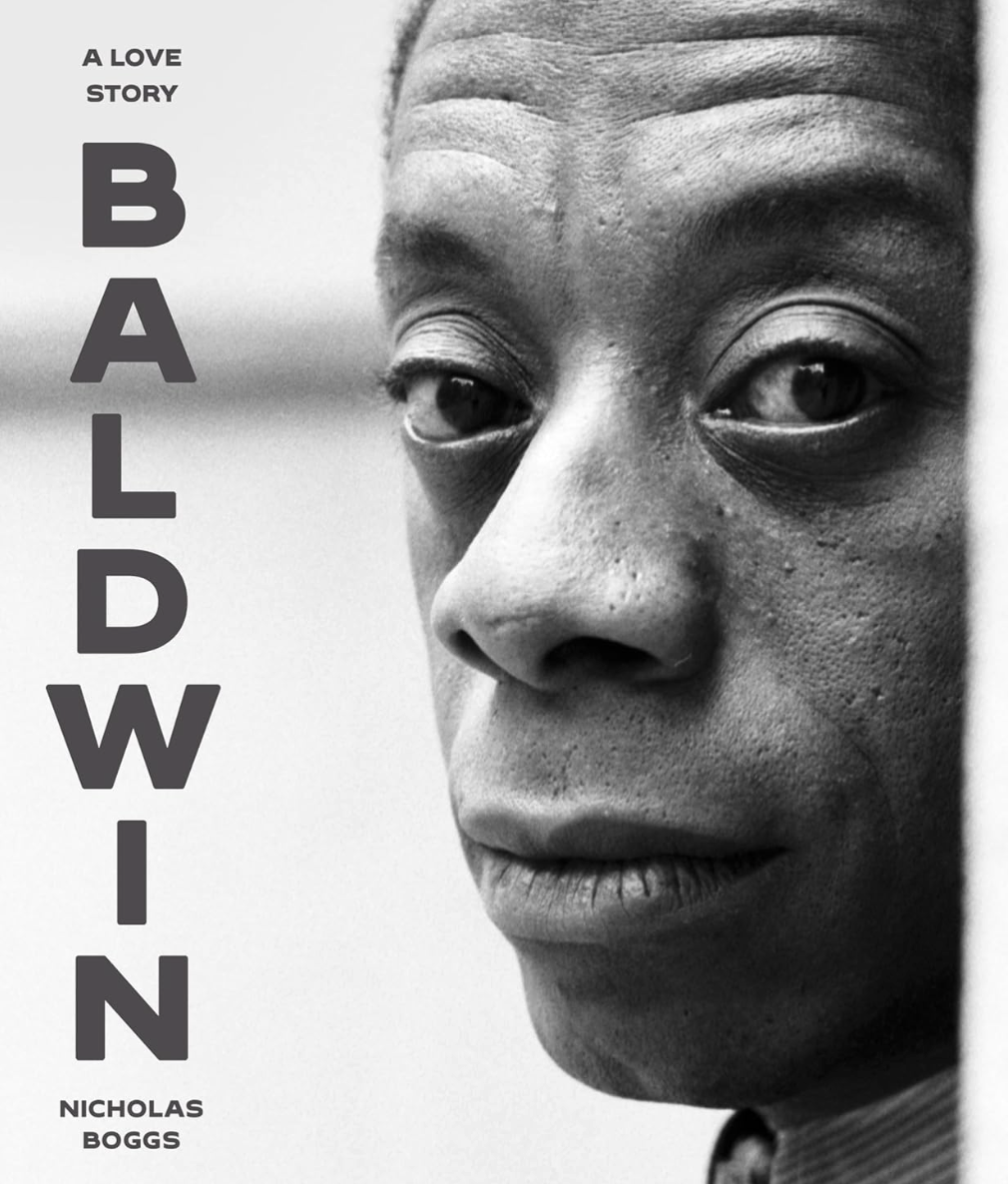From the moment he put pen to paper, Baldwin was conscious of avoiding the trap that had been set for many black writers: pigeonholing them as spokespeople for their race. In “Everybody’s Protest Novel,” an essay published a year after his arrival in Europe, Baldwin took issue with the American tradition of protest literature, characterizing it as a thinly veiled form of “sociology.” The practice of protest writing, Baldwin argues, relies on an overly deterministic view of human behavior — “life fitted neatly into pegs.” By contrast, he thought it was the responsibility of the artist to harness the “power of revelation” in order to do justice to the “always inexplicable” form of human experience.
This would set the blueprint for the six novels that Baldwin would produce over the next thirty years. Emulating the great works of late-nineteenth-century psychological realism, he employs an earnest and sermonic prose style in his fiction, recreating the drumming rhythms of human consciousness and dramatizing the most intimate thoughts and feelings of his protagonists. His first novel, Go Tell it on the Mountain, follows one day in the life of John Grimes, capturing all anxieties and epiphanies of growing up, and culminates in a vivid description of an ecstatic religious experience on the “threshing floor” of his father’s church. It is clear that throughout the novel Baldwin is drawing on his own experiences as the son of a preacher, an approach that no doubt helped him slip inside the skin of his protagonist .
Of course, this focus on characters’ interior worlds was not just a formal choice, but a political one. As “Everybody’s Protest Novel” makes apparent, Baldwin was wary of polemic and too skeptical of overarching theories to become an ideologue himself. Nonetheless, he believed that there was radical potential in art’s ability to map the “uncharted chaos” of human experience. It was only through such revelation, Baldwin argued, that an individual or a society might come to know themselves and begin the difficult work of social transformation. As he writes in the 1962 essay, “The Creative Process”: “the war of an artist with his society is a lover’s war, and he does, at his best, what lovers do, which is to reveal the beloved to himself and, with that revelation, to make freedom real.” In his mind, art could offer a form of revolutionary consciousness, free from political absolutes.
